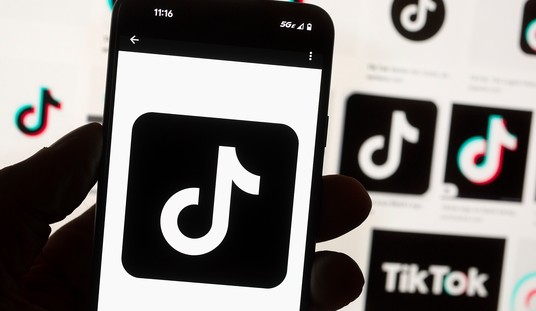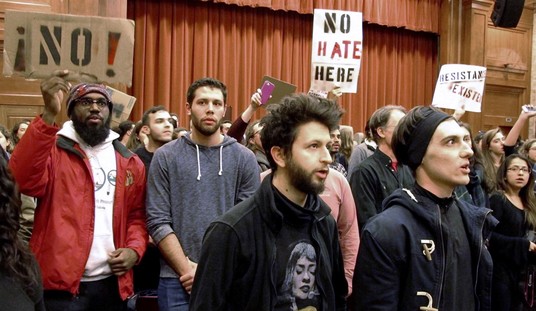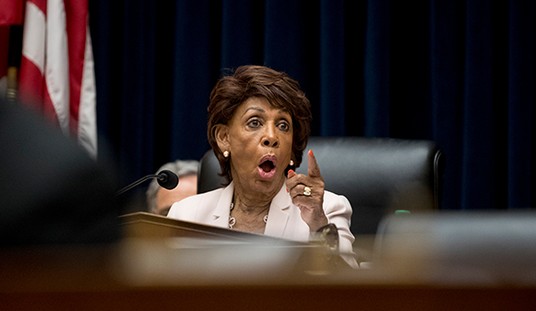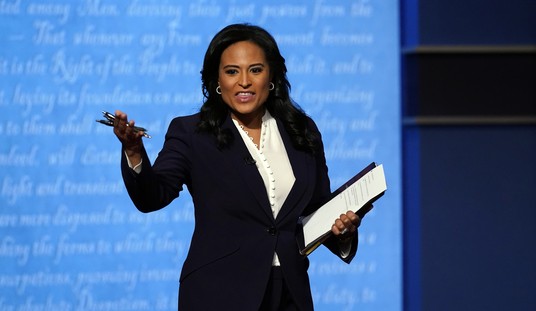Afghanistan is still taking up all the oxygen in the room but there are other stories out there. Today the NY Times published a podcast/interview with CRT opponent Christopher Rufo hosted by Jane Coaston. As you’ll see in a moment, I think Rufo more than held his own in a three way debate.
I wrote about Coaston’s previous podcast on this topic which featured another CRT critic, John McWhorter. In case you missed that, here’s what Coaston said about CRT and the pushback against it at the start of that previous podcast:
I have some critiques of critical race theory. But I think what we’re really arguing about isn’t even critical race theory, especially when we’re talking about the use of CRT in schools. It’s a proxy war, not a genuine disagreement. An academic theory has become a weaponized catchall term for Republicans to rail against whatever they think “wokeness” is and retain the status quo.
McWhorter argued that her understanding was essentially wrong and maybe that had some impact because she doesn’t start the latest podcast with the same argument. Instead, she seems to have personalized it to Rufo himself. Immediately after asking her other guest for his definition of CRT she then asks Rufo a very different and loaded question about why he got involved in this effort with the Trump White House. He wisely chooses not be sidetracked and instead talks about his own definition of CRT:
Coaston: Chris, what was the origin of your concern about critical race theory — because when I first heard of you, it was because you went to the White House under the Trump administration and attended meetings. And you tweeted about how critical race theory was the focus. And in the New Yorker profile that you had, you said that critical race theory is the perfect villain, because its connotations are negative to most middle class Americans. It’s academic, divisive, poisonous, elitist, and anti-American. So where did — how did you get into this, and where did that come from?
Rufo: Well, I think first we should take a step back. And I think there are really two critical race theories we’re talking about. Professor Banks outlines, really, the idea of critical race theory in the legal academy in 1989. But critical race theory is a critical theory, which means that it operates dialectically, which means that it’s constantly changing and mutating and progressing. And critical race theory — although, absolutely, it started at Harvard Law School, at other elite legal institutions, has moved dialectically and extended its territory. You can even read in Critical Race Theory: An Introduction that the critical race theories themselves say in many ways they’ve been more successful in implementing their ideas in the educational system than in the legal system. There’s now a huge body of evidence — critical pedagogy, culturally responsive teaching, et cetera. There are these massive, 400 page textbooks called things like Critical Race Theory And Education where they’re taking the ideas and the theories. And then, like all critical theories, applying them through the praxis, or practice, to education. And even just down the street from Professor Banks in Cupertino, California, not too far from Stanford Law School, they were teaching intersectionality, which is a key component of critical race theory, to third graders, forcing them to deconstruct their racial identities. In class, according to their, quote, power and privilege.
This leads to some back and forth where Coaston seems to once again be arguing that maybe CRT is a net positive in providing a better way to talk about race in schools. Not surprisingly, Rufo strongly disagrees with that and won’t let her slide away from some of the very questionable and specific school lessons he has reported on. He gets in what may be his best line in the entire interview, “Real critical race theory has never been tried.”
Coaston: I do want to note kids exist in a context. They are aware that they are going to school, probably — either with kids who look very different from them or in a lot of schools in America, still, with kids who very much look exactly the same as they do. And they may go to one school while all the white kids go to this different school, and they’re curious as to why that is. Maybe the question is not necessarily — here are some bad ways to talk about this, but is there a better way to talk about this?
Rufo: Obviously, yeah, I think there is a better way, but I think that there’s another kind of bait and switch that I’ve seen over and over and over from educators, where you come up with an example like forcing third graders to deconstruct their racial identities, or forcing middle school teachers in Springfield, Missouri to locate themselves on an oppression matrix. And then there’s people who say, well, that’s not real critical race theory. Real critical race theory has never been tried. And yet, there’s evidence that is accumulating day by day that when these ideas are applied, they end up with these awful practices that I think all three of us agree should not be in the classroom. So the question — what I think of as critical race theory is not to measure it in the abstract, not to say, well, are the abstract ideas good or bad? We can have a formal debate. But actually, I think the obligation, especially in a school setting, is to measure its success by its practical outcomes. And I don’t think that you can separate them. And then whenever I bring up the actual specifics that happen, people back away. My argument would be simply if something is producing negative outcomes or poor practices, maybe the problem is in the theory itself. Maybe the theory that yields bad outcomes is the source of those bad outcomes.
There’s a lot more to this lengthy discussion but I’ll focus on one more exchange about whether banning CRT in schools would make a difference. Rufo sort of turns the question around by agreeing that CRT often appears to be adopted as an important new curriculum when in fact it’s a fad that’s not going to solve the larger underlying problems in many school districts, i.e. kids who can’t read.
Coaston: There is a common issue here of, like, yes, the performative act of anti-racism has markedly little to do with anti-racism. You haven’t eliminated disparities that I witness all the time. That problem, I don’t think, would be eradicated by banning critical race theory.
Rufo: Those are kind of two separate problems, right? So if you want to look at the problem — I think the three of us are in agreement on the problem. And I’ll give you an example that illustrates it. Buffalo public schools in New York — I did a long report on Buffalo. This is a public school district that has, by 5th grade, only 20% of students are proficient in math and 18% are proficient in reading. I mean this is a human tragedy. It’s a disaster. This is something that should be sending red alarms through our society. But instead of reforming itself, the public school bureaucracy in Buffalo has adopted a, quote, Black Lives Matter curriculum that teaches that really the solution is to disrupt the Western nuclear family, to create queer affirming spaces, to dismantle cis gender privilege, et cetera, et cetera — the kind of catch phrases of popular critical race theory ideology. But the question that I think both of you are asking and I’m asking is, what does this do for the kids who can’t read by the end of elementary school?
The whole thing is worth reading. I still think Coaston is way off base on this topic. She seems to have bought into all the same talking points that Joy Reid has, she’s just a lot more thoughtful (and less obnoxious) about it. But the talking points are still wrong. To her credit though, she does give her guests a chance to talk and in this case I think Rufo made good use of it.








Join the conversation as a VIP Member